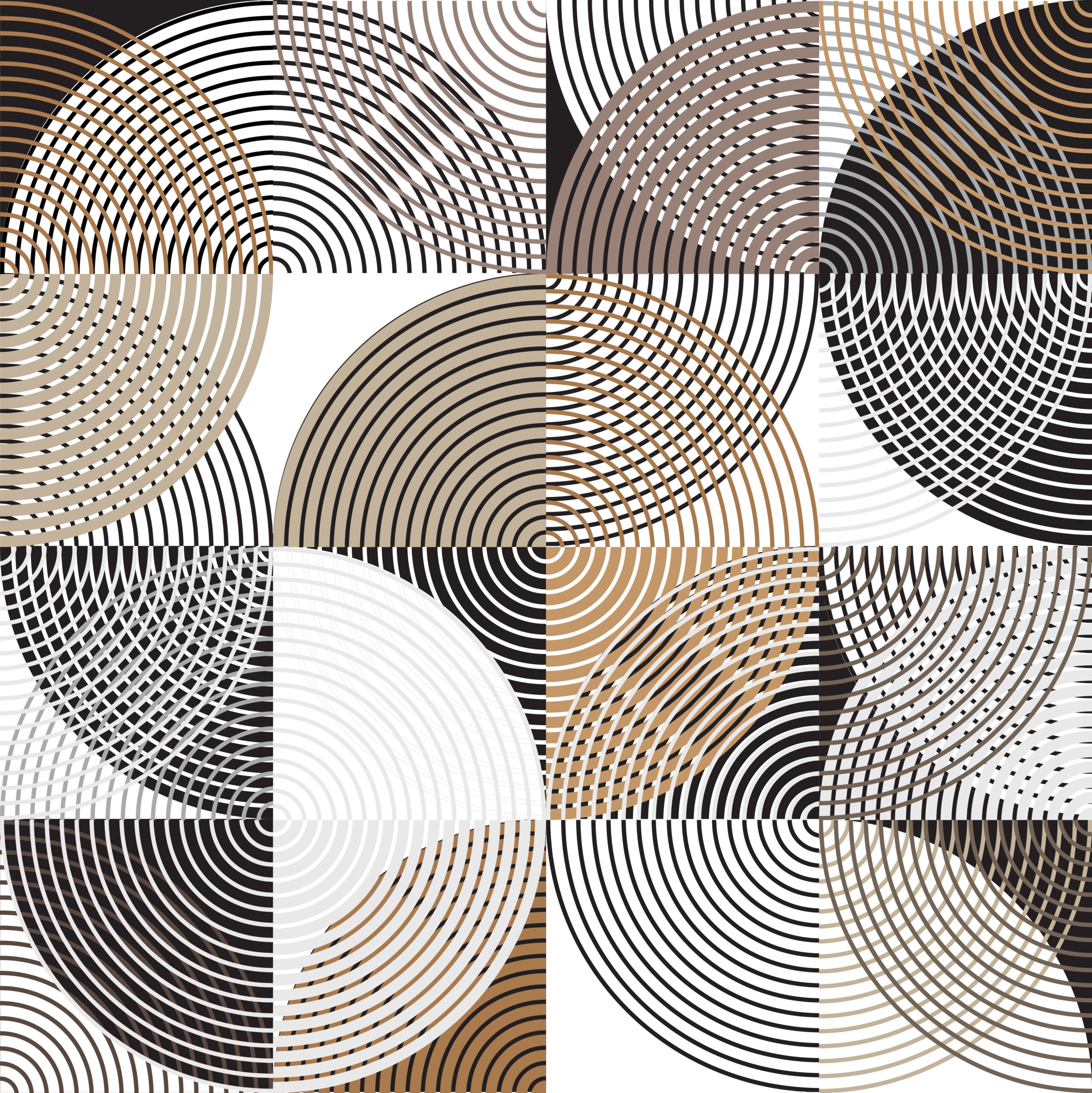In the contemporary landscape, a graphic style is increasingly emerging. It transcends the boundaries between various artistic fields, and permeates not only our homes and clothing fashions, but also the world of graphic design. This style, known as retro-minimalism, has captured our attention and won our hearts.
A modern artistic movement
The subtle marriage of minimalism and vintage in the field of graphic design offers a sober, captivating aestheticsThis is a style that evokes both modernism and reminiscences of the past. This style, characterized by its simplicity and use of neutral colors such as white, black, beige, gray and navyis distinguished by its ability to create pure, timeless compositions.
In the home, we're seeing more and more interior design adopting this retro-minimalist aesthetic. Uncluttered spaces, simple lines and vintage decorative elements are carefully arranged to create environments that are at once soothing and timeless.
In the world of fashion, retro-minimalism manifests itself in collections that reinterpret past trends with a fresh, contemporary twist. contemporary touch. Clean cuts, neutral colors and simple textures recall the timeless elegance of vintage while adapting to the demands of modern fashion.
In the field of graphic design, retro-minimalism is distinguished by its judicious use of simple shapesThis visual approach creates designs that are both aesthetically pleasing and functional. This visual approach creates designs that are both aesthetically pleasing and functional.
Combining simplicity and efficiency
Minimalism, with its "less is moreoffers the perfect backdrop for integrating vintage elements harmoniously. Using basic shapes and an often brutal composition, this style speaks to all, offering a soothing and striking visual experience.
It is defined as a search for solutions requiring minimum effort and disruptionoffers a flexibility that allows everyone to interpret it in their own way. It's a blank canvas on which graphic designers can give free rein to their creativity, adapting the minimalist style to their own sensibilities and objectives.
Reusing the past to create the future
As for vintage, its growing popularity in recent years is testament to this. Reusing the codes and ideas of the past while reinventing them for the contemporary world, vintage design creates a connection between erasbringing a touch of nostalgia while remaining anchored in the present.
By combining minimalism and vintage, the designers succeed in capturing the essence of two distinct styles to produce works that transcend ephemeral trends. This harmonious marriage of past and present offers viewers a visual experience rich in emotion and meaning, while adapting to the sensibilities and preferences of each individual.

